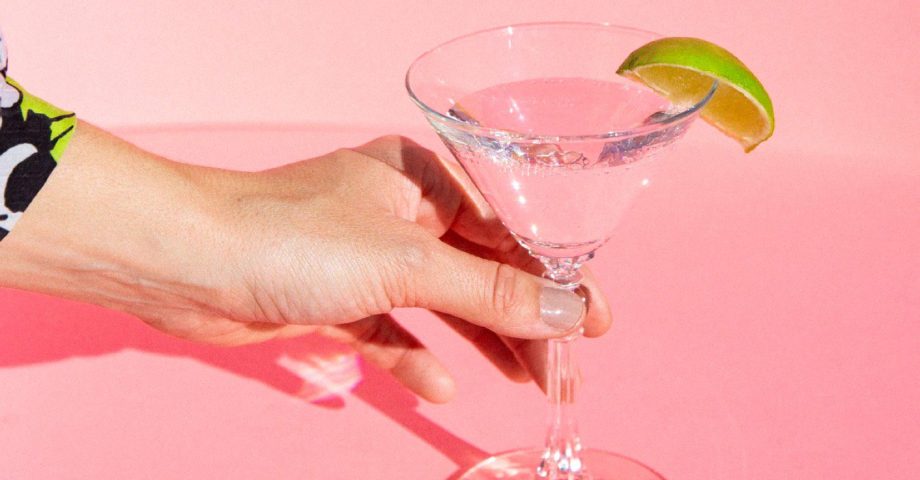Last Updated on May 19, 2023
You’ve heard the phrase, but what’s at the heart of mindful drinking? Essentially it’s about paying attention and understanding the reasons you’re drinking. Becoming more mindful means we’re tuned in to our bodies and minds, making drinking decisions that align with our long-term goals. Sounds good, right? The idea that we should be intentional and cautious with alcohol certainly makes sense for overall health and well-being. We’re missing something important, however, when we stop the conversation short of knowing our alcohol numbers. Just as we should know our blood pressure, our weight, our total cholesterol—we should know our alcohol numbers. No stigma, no moralizing. We simply need to get comfortable with making and keeping plans when it comes to how much alcohol we’re drinking.
Mindfulness Without Emotion
One of the widely-known tools in sober-curious and sobriety circles, is the acronym “H.A.L.T.” This tool asks you to question any decision to drink when you are hungry, angry, lonely or tired and potentially make a different decision. H.A.L.T. is an easy example of mindful drinking and how questioning decisions can help change your drinking habits. While this kind of mindfulness is certainly a step in the right direction, if we take our focus for mindfulness out of the decision moment and make a plan ahead of time, there is no emotional lever attached to our decision at all. This is an important shift because it moves alcohol out of the impulsive, reward center of the lower brain and into the prefrontal cortex, our logical and future-focused higher brain.
Next Level Mindfulness
Human beings are the only species who can actually make a plan ahead of time because of our more evolved human brains. The prefrontal cortex, the last part of the brain to evolve, is capable of predicting future events based on memory and knowledge, and we use this uniquely human feature to create our long-term goals. In short, next-level mindfulness means using your human brain to create a plan.
Mindfulness Meets Science
So what should your alcohol number be? This is where mindfulness can meet science. How you include alcohol in your life should be an individual decision based on your age, health, gender and risk aversion. While there is no conclusively safe level of alcohol consumption, there are low-risk levels as outlined by the NIAAA and healthy adults can follow these to reduce their risk of harmful consequences. For men those numbers are no more than fourteen standard drinks in a week and no more than four drinks in a day, and for women, no more than seven standard drinks in a week and no more than three drinks in a day. The higher daily limits of three for women and four for men are recommended to avoid the “binging” definition, also provided by the NIAAA, which is defined as four and five standard drinks in one sitting for women and men respectively. (There are people who should not drink at all, and they include pregnant women, anyone who plans on driving a car or operating heavy machinery and anyone taking medications that interact with alcohol.)
Mindfulness Means a Plan
Sunnyside believes that tracking drinks should be as common (and socially acceptable) as tracking calories or steps. Creating a proactive weekly plan, means you make mindful decisions with a corresponding number of drinks that align with your health goals and harm reduction strategies. At the end of the week, your tracking summary allows you to review and recalibrate for the week ahead. Knowing your alcohol number should be a natural part of a healthy lifestyle and not reserved for “problem drinkers.” Get specific, make a plan and know your alcohol number.



